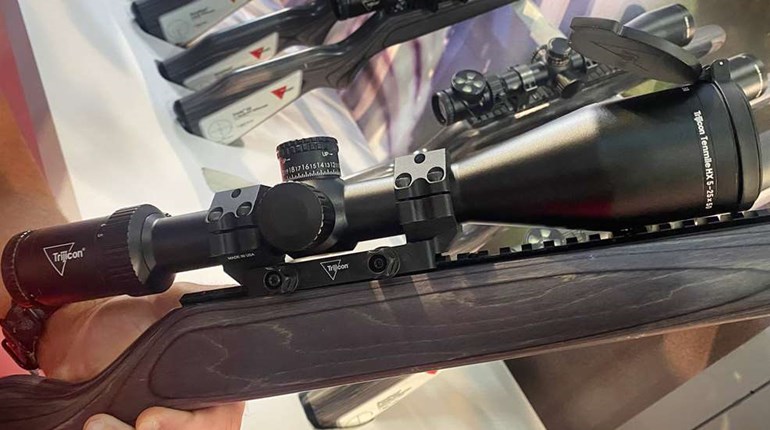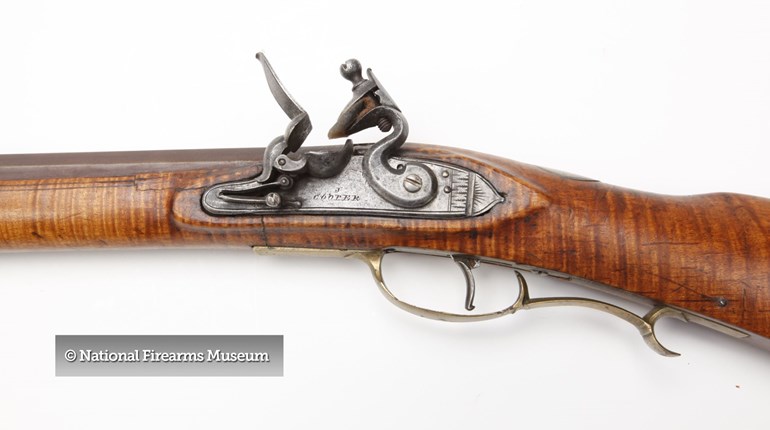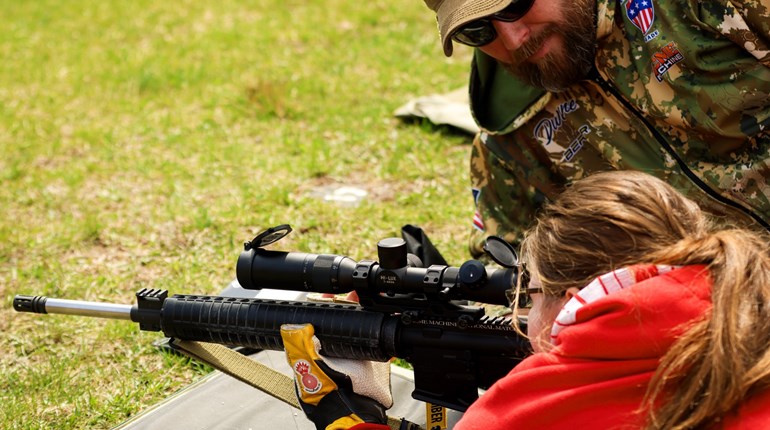
When it comes to optics for firearms, the specific terms that people use to describe them can be confusing. Here's what all that argot actually means—in alphabetical order, no less. Last week we covered letters C through F; this week's installment is brought to you by the letters M and O.
Magnification
The magnification, or power, of a riflescope is expressed as a number corresponding to the size of an object viewed at a specified distance through the scope, relative to its size as seen with the naked eye. Put another way, an object 100 yards distant viewed through a 10X scope will appear to be the same size as if it were viewed with the naked eye from 10 yards away. Different scope magnifications are used for specific shooting activities.
* High-magnification riflescopes from 15X to 50X with objective lens diameters of 40-50mm or more with adjustable objective-lens systems are popular for various types of centerfire rifle competitions such as benchrest and F-Class.
* Varmint shooters normally prefer a scope with magnification levels of 12X to 24X and adjustable objective lens diameters of 44-50mm for their precision work.
* Long-range big-game hunting demands a scope with an adjustable objective lens system of approximately 40mm diameter with power levels up to 15X that enable the hunter to judge game and wind conditions at extreme distances.
* At dawn, dusk or during poor light conditions, scopes with large objective lenses of 50mm and above that gather all existing light are preferable, with powers between 6X and 12X. Illuminated reticles are a popular option on these scopes.
* Low-power scopes of 1.1X to 4X with a wide field of view and fixed objective are well-suited for hunting in woods or brush at close range.
* For general-purpose hunting, most sportsmen are well served by a 3-9X-40mm variable scope with fixed objective, which is a good compromise between a wide field of view for close shots (at 3X) and added magnification (at 9X) for distant shots.
As magnification levels increase, the field of view decreases, which makes target acquisition increasingly difficult. Increasing magnification also magnifies movement, making the reticle appear less steady and thus hampering the ability of many shooters to hold their point of aim. These factors conspire to make most scopes over 8X very difficult to use without a solid rest. When shooting from a rest on a bench, a narrow field of view and high magnification are less of a problem.
Objective Lens
The objective lens is the light-gathering lens at the front of the scope. The larger the diameter of the objective lens, the more light will be admitted into the scope. This results in a larger exit pupil with a brighter image.
Most riflescopes have objective lens diameters from 32mm to 44mm. These provide a good balance between light-gathering capability, cost and image quality. Such riflescopes are relatively lightweight and easy to mount on most rifles. For many hunting applications, such riflescopes are an excellent choice.
For hunting at dusk, dawn or in very low light conditions, the increased light-gathering capability of a larger objective lens may be a better choice. For such conditions, most scope manufacturers offer models with 50mm to 56mm objective lenses. However, there is a penalty to be paid for this increased performance in the form of substantially increased weight, higher cost and difficulty in mounting a scope with such a large objective.
Varmint hunters and some target shooters prefer riflescopes with large 50mm or greater objective lenses for a different reason. They want a higher-power scope of 12X or more with a clear, crisp, flat image with excellent contrast and an adjustable objective to remove parallax. The image quality reduces eyestrain and enables them to clearly see small targets at long ranges and to judge wind and mirage precisely. They also spend considerable time looking through the scope with the rifle held on a solid rest, so unsteadiness from high magnification and a narrow field of view is less important.







































